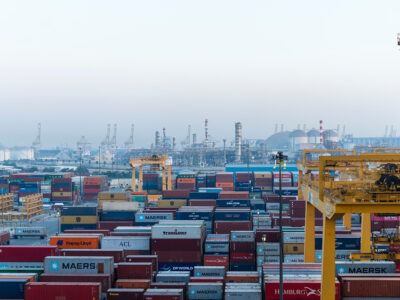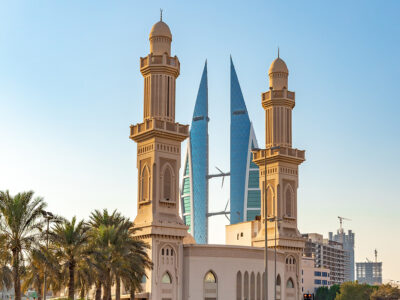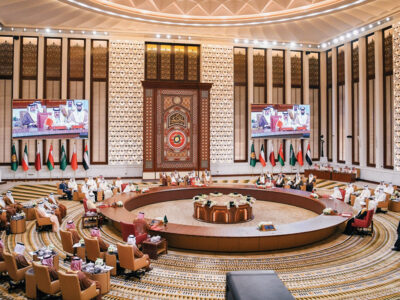Saudi Arabia’s inflation slowed to a four-year low of 5 percent on average last year despite record government spending, while living costs in Qatar rose 1.9 percent, latest data has showed.
Average consumer price growth in the $577bn Saudi economy decelerated from 5.3 percent in 2010 partly due to a drop in global food prices.
The 2011 figure is below the central bank’s forecast of 5.8 percent, published in its annual report, and above the finance ministry’s December estimate of 4.7 percent. It is in line with a December Reuters poll of analysts.
Inflation in the world’s top oil exporter edged up to 5.3 percent on an annual basis in December, which was also seen in September and January and was the highest level reached 2011, the data from the Central Department of Statistics and Information showed.
Month-on-month, price growth in the kingdom, which pegs its riyal currency to the US dollar, was 0.2 percent, after increasing at the same pace in November, the data showed.
“It is pretty much flat as expected,” said Jarmo Kotilaine, chief economist at National Commercial Bank in Jeddah.
“We are looking at more of the same (in 2012). We tend to see some increased pressure from government spending but some relief from the relative strength of the dollar,” he said.
Last year, the government spent SR804bn ($214bn), the highest level ever, partly in response as social unrest rocked the Middle East.
Saudi Arabia has seen limited protests by a Shi’ite minority in its oil-producing Eastern Province.
In December, food costs, which amount to 26 percent of Saudi consumer expenses, dipped by 0.1 percent month-on-month, which was their first decline in seven months.
Prices of housing, one of the main inflation drivers, and related energy rose 0.5 percent in December for the second month in a row, the data showed.
Prices in Qatar, the world’s No. 1 liquefied natural gas exporter, picked up again in 2011 after 2.4 percent deflation in the previous year, a separate release from the Qatar Statistics Authority showed.
The 2011 average of 1.9 percent is below a forecast of 2.3 percent in a Reuters survey. Qatar’s central bank governor said in October he expected inflation of 2.5 percent last year.
The Gulf state, spared the popular unrest that hit other parts of the Arab world last year, returned to annual inflation in December 2010.
The OPEC member, which plans to boost infrastructure spending ahead pf the 2022 Soccer World Cup, announced in September 2011 a plan to raise basic wages and social benefits for state civilian employees by 60 percent.
In December, consumer price inflation remained at 2.1 percent on an annual basis and at 0.1 percent month-on-month for the second consecutive month, the data showed.
Analysts polled by Reuters in December predicted Qatar would see average inflation of 3.5 percent this year fuelled by higher credit growth and government spending.
Food prices in Qatar jumped by 1.0 percent month-on-month in December. Rents and utility costs were flat, while transport and communications prices fell by 0.2 percent, the data showed.




